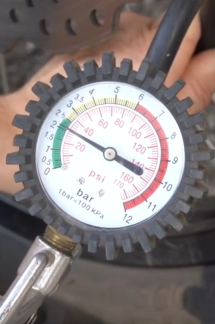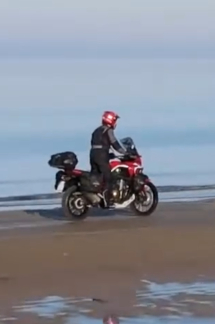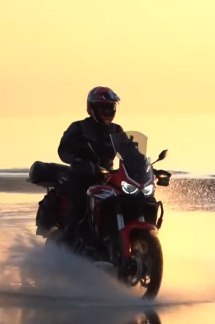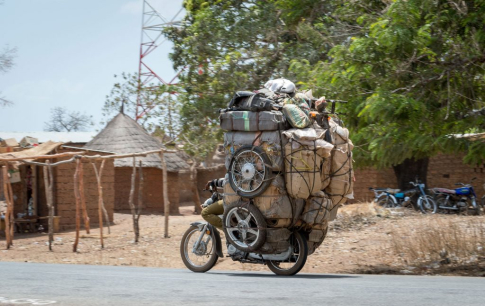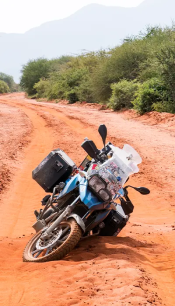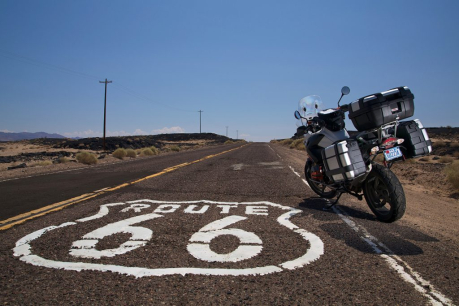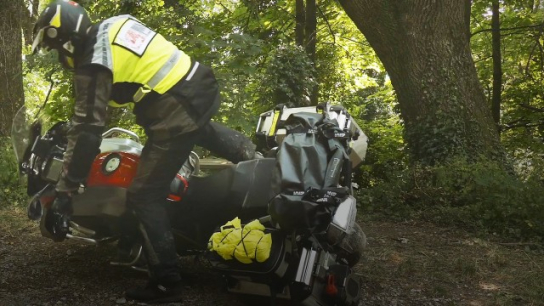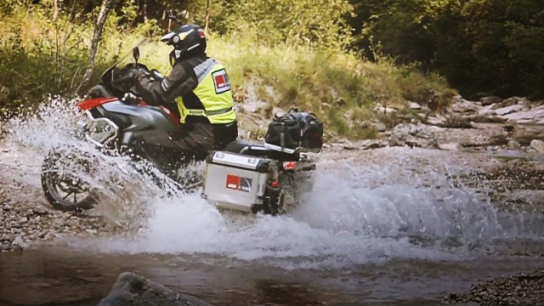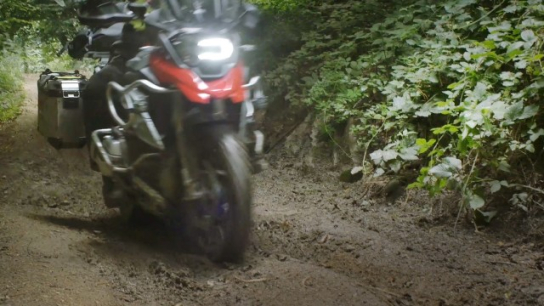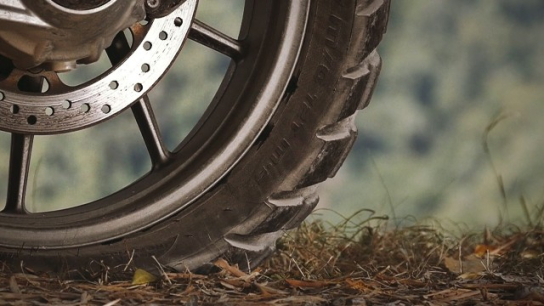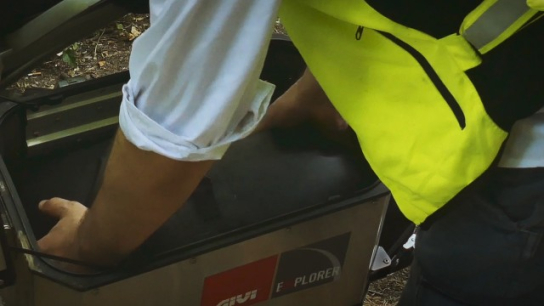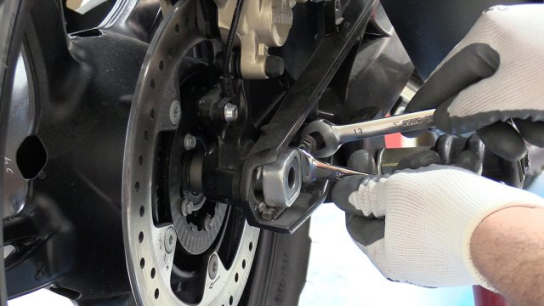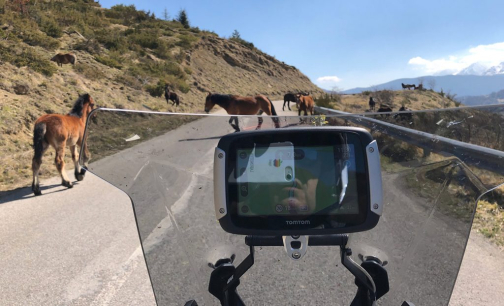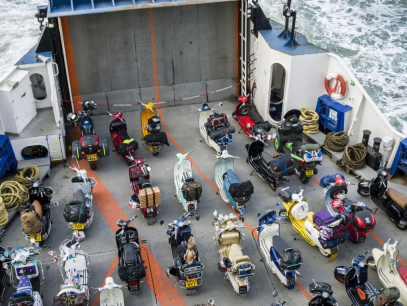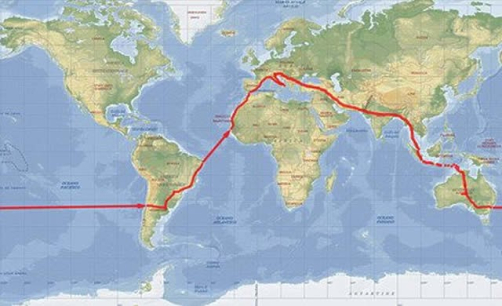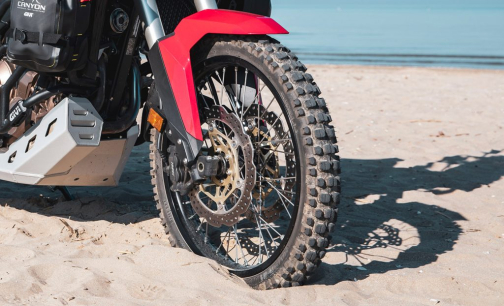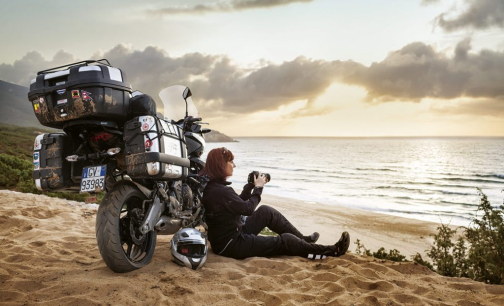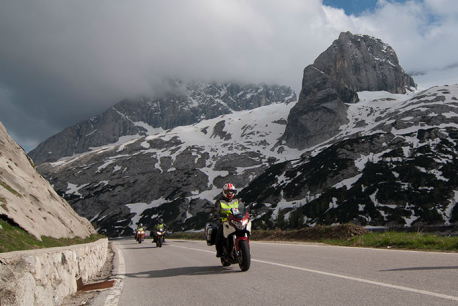How to drive on the sand
Safety first
If you have a passion for motorcycle adventures and enjoy tackling challenging off-road trails, you might find yourself in the fortunate (or unfortunate) situation of having to navigate roads completely covered in sand or cross a desert area.
In these situations, the first thing to consider is tire pressure, which should not be too high but rather lowered. While on the road, tire pressure typically ranges between 2.2 bar (front) and 2.5 bar (rear), but when riding on sand, it is advisable to deflate the tires to 1 or 0.9 bar. However, it is important to remember to restore the correct pressure as soon as you return to asphalt.
To avoid getting stuck in the sand right from the start, it is crucial to ride with gentleness. Sand is an unstable terrain, so every movement gets amplified. During off-road riding, it is essential to learn how to control the throttle: avoid opening it abruptly but instead gradually apply the throttle to prevent the wheel from digging into the ground and the rear part from sinking into the sand. Getting out of a deep sand situation, especially when alone and with the bike fully loaded, could require several hours of hard work. This entails the risk of depleting the physical energy needed to continue the off-road journey.
The riding position is extremely important, and the weight of the rider must be adequately balanced. On sand, it is necessary to maintain the weight distributed in a balanced manner, but with a slight inclination towards the rear wheel so that the front one can float freely. It is crucial to maintain a speed that allows for precise control of the front part: if you go too slowly, the wheel will sink in the sand and maneuverability will be compromised. In off-road riding, it is always advisable to stand on the footrests... and on sand, it's practically mandatory! Remember that in off-road riding, you primarily steer with your feet and knees, not with your arms. Stand up, grip the frame with your ankles and the tank with your knees, simply applying pressure to the footrest on the side you want to go to maintain the desired direction.
Your arms should not be fully extended, as this would leave you with less margin to correct a potential loss of control at the front. Remaining relaxed is essential, and don't worry if the motorcycle seems to move erratically - it's a sensation that you need to get used to.
In tight curves, it is possible to sit down, but it is crucial to maintain a stable balance and a slight lean to prevent the motorcycle from losing traction. On the Adventure bike, especially when fully loaded, absolutely avoid extending the inner leg as you would in motocross, as it could get trapped under the bike in the event of a fall, with catastrophic consequences. Keep both feet firmly on the foot pegs, ready to bring the inner leg back towards the body if you start losing balance. Yes, because it is normal to occasionally fall off-road, it's part of the game.
Another important piece of advice to always keep in mind when riding off-road is that the bike will follow your line of sight. Don't fixate on an obstacle, or else you'll end up right against it. Instead, always look ahead, focusing your gaze as far as possible to allow your brain to process information about the terrain and anticipate every situation. In addition to these simple rules, it is crucial to gain a lot of practice and adequately train your legs to better tackle off-road sections with sandy surfaces. With determination and consistency, you will be able to overcome any challenge that the terrain presents to you.




